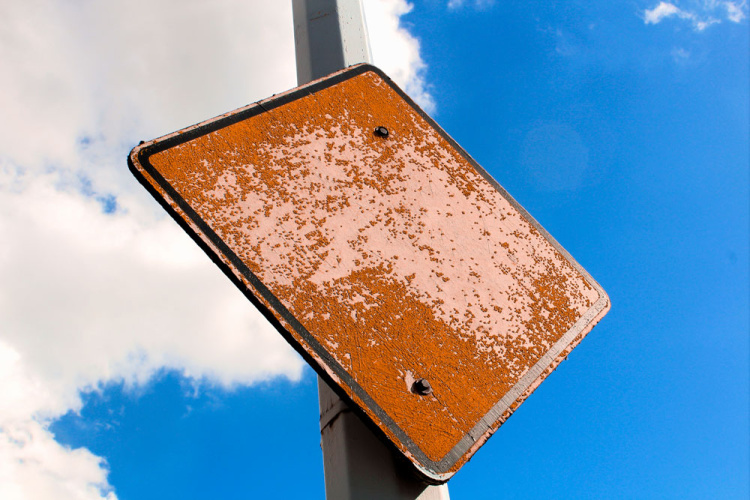
Listed in Administration
Every municipality is responsible for maintaining traffic signs in accordance with the Manual on Uniform Traffic Control Devices (MUTCD). While most superintendents recognize the importance of installing the correct signs in the correct locations, the job doesn’t end there. Signs are only effective if they remain visible, legible, and reflective - day or night. That’s where a systematic program of sign inspections becomes an essential part of your department’s maintenance strategy.
Why Inspections Matter
The MUTCD specifically requires that agencies maintain traffic control devices so they function as intended. This means more than simply replacing a sign after it’s been knocked down or destroyed. Signs fade over time, reflective sheeting loses effectiveness, and vandalism or weathering can render an otherwise serviceable sign ineffective. Conducting regular day and night inspections allows your department to identify and address issues before they become safety hazards. A stop sign that isn’t visible until the last second at night could create liability for your town, and serious danger for drivers.
Day and Night Requirements
Many agencies are diligent about performing annual nighttime inspections, but it’s important not to overlook daytime evaluations. During the day, crews can spot fading, peeling, cracking, or graffiti that may not be visible at night. Nighttime inspections, on the other hand, are critical for checking reflectivity and retroreflective performance, ensuring that signs “light up” under headlights as the MUTCD requires. Together, these inspections provide a complete picture of sign condition and readiness.
Building Defensible Records
Beyond compliance, inspections are also about protecting your department. If a crash occurs and a claim is filed alleging poor sign visibility, the first question will be: “When was this sign last inspected, and what condition was it in?” Without records, you may be left exposed. Documented inspections, with dates, times, inspector names, and condition details, demonstrate that your agency took its responsibilities seriously. They form the backbone of your defensible records - a paper (or digital) trail showing due diligence. This documentation can be the difference between liability and protection in the event of a lawsuit or audit.
Using Technology to Simplify the Process
Traditionally, sign inspections meant carrying clipboards, filling out paper forms, and filing them away in a cabinet that may never be opened until a problem arises. Today, asset management software like Roadwurx makes the process simple and secure. Inspectors can select the sign from a database, note whether the inspection is being conducted during the day or at night, record any deficiencies, upload photos, and save it instantly. All of the data is tied directly to that sign and road segment, building a comprehensive, defensible record over time.
A Program, Not an Afterthought
Sign inspections should not be treated as a once-in-a-while task. They are a cornerstone of a municipality’s MUTCD-mandated maintenance program and an integral part of ensuring public safety on the roads. By creating a routine schedule of both day and night inspections, and by documenting those inspections carefully, your department not only stays compliant but also demonstrates a culture of accountability.






